Welcome to the Coolidge Montana Ghost Town Picture Tour
No visit to Montana’s Big Hole River Valley is complete without a visit to the Ghost town in Coolidge Montana. Coolidge was a Silver Mining town. When you hear the words “Silver Mine” the year 1893 should pop into your head because that’s was the death knell for Mining Camps across the west due to the collapse of the Silver Market. Coolidge represents a small chapter in the history of Silver Mining in Southwest Montana.
Big Hole River Valley
As a kid fishing the Big Hole River, it was always a mystery what was a pump-station and narrow gauge railroad doing in remote Southwestern Montana? East of Wise River, Montana you can walk along the remains of one of the last narrow gauge railroads built in the United States. Walk farther East and you find a pump station that was built in 1899 by the Butte Water Company. The idea of the pump-station project was to pump water from the Big Hole River, a pristine water supply located more than 27 miles from Butte, Montana, over the Continental Divide and into town.
Long Haul
Imagine digging silver ore in Montana and sending it all the way Great Britain to have to ore processed and smelted. Due to the lack of lack of economical transportation prior to 1882. In order to be smelted, the silver ore had to be hauled by wagon to Corinne, Utah and then sent by railroad to San Francisco and from there by ship to Swansea, Wales where the smelters were located. In the 1880s more mines went into operation following the completion of the Utah and Northern railroad to Silver Bow in December of 1881. In 1893, however, silver prices crashed and all the mining operations throughout the district closed down for the next decade, except for a small amount of prospecting work (Winchell 1914; Sassman 1933; Geach 1972).
William R. Allen – Promoter
William R. Allen was born in French Gulch, a small mining area, near Anaconda, Montana, in July 1871. After graduating with honors from Helena Business College, he went to work for the “Copper King,” Marcus Daly, managing several of his business endeavors, including Anaconda Company’s electric light, sheet metal, water works and lumber mills.
In 1902, Allen was elected to the House of Representatives but retired from politics in 1913, to focus on developing the Elkhorn Mining enterprise. A skillful promoter, he attracted investors from the U.S. and London to finance the development of the mine’s mill and railway company that built a rail line from the town of Divide, Montana to the mine. He helped form the Boston-Montana Development Corporation in 1913 and became its president. The company was incorporated with $15,000,000 in capital stock. Allen also formed the Boston-Montana Milling and Power Company to develop the mine and mill while another subsidiary – the Butte and Pacific Railway Company – was formed to construct a railroad line from the town of Divide on the Big Hole River to the mine (Sassman 1941; Geach 1972; Wirtz and Lovell 1976; Allen Papers 1903-1953).
The outbreak World War I delayed construction of the narrow-gauge railroad line until May 1917. However, the rail line was completed by December 1919. With completion of the railroad, heavy equipment and materials for the mill could be transported to the mine site. Work on the mill was begun immediately and the construction of a 65,000-volt power line from Divide to the mine and Coolidge was begun. About $900,000 was spent on the construction of the mill, while another $150,000 was spent on the power line. Completed in 1922, it was the largest mill in Montana. (Sassman 1941; Evans 1946; Wirtz and Lovell 1976; Mining Record 1981).
The Town of Coolidge Montana
Construction of the major portion of the Coolidge mining camp was begun around 1914, at the same time the mines were first extensively developed. Allen named the town after soon to be US President Calvin Coolidge (1923-1929) who had become a friend of Allen’s while Coolidge was still lieutenant governor of Massachusetts. Coolidge never visited his namesake but there were reports that he had invested in the mine. When work started on the mill in 1919, large number of workers and miners moved into the camp. Initially, many of the miners lived in tents over board platforms. Later, more substantial log or board and tar paper residences were built (Sassman 1941; Wirtz and Lovell 1976; Patterson 1989).
Electricity and Telephone Service
The town was equipped with electric power and telephone service although plumbing was rudimentary and few houses or boarding houses had facilities for bathing. Elizabeth Patterson, the daughter of William Allen, who lived in Coolidge as a young girl, said that most of the town’s residents went to the mill when they wanted to take a shower.
Postmasters Frank H. Tyro and Evan L. Woolman ran the post office for 10 years, from 1922 to 1932, when it was closed for good. A school district was organized in October of 1918 to operate the school for the town’s 20 or so school children until the early 1930s when the town’s population declined to a point where a school could no longer be supported. Although the town had most of the amenities of other small communities, it did not have any churches. At its peak, Coolidge probably had a population of around 350. Most of the residents of Coolidge came from the local area or were from Butte and Dillon. (Sassman 1941; Wirtz and Lovell 1976; Patterson 1989; Dodgson 1990)..
What Goes up…
An estimated $5,000,000 was spent by the Boston-Montana Development Company in building the Elkhorn mine project. It was discovered almost as soon as the mill went into production that the veins of ore were not developed enough to supply sufficient ore to keep the mill operating at even half its capacity. This made it impossible for the company to meet it’s financial obligations. In 1923, the final blow in the series of misfortunes experienced by the company occurred in June when a Montana Power Company dam on Pattengail Creek broke, flooding the lower Wise River valley and washing out 12 miles of the Montana Southern Railroad’s tracks and several of the line’s bridges across the Big Hole River. The line was repaired by 1930 but by then the Great Depression had begun and metal prices had declined to a point where it was not possible for the company to resume production (Sassman 1941; Evans 1946; Geach 1972; Wirtz and Lovell 1976).
The company was reorganized on May 17, 1933 as the National Boston-Montana Mines Corporation. In 1944, it became the Boston Mines Company but it was still unable to revive the operation and by the end of the 1940s most of the company’s deeded properties were acquired by Beaverhead County in lieu of taxes. As head of the National Boston-Montana Mines Corporation, William Allen continued for the next two decades to try and revive the Elkhorn mines. Although he lost his personal fortune in the enterprise, he continued to believe that the mines were a potential bonanza until his death in 1953 at his home in Wise River. (Sassman 1941; Evans 1946; Geach 1972; Wirtz and Lovell 1976; Patterson 1989).



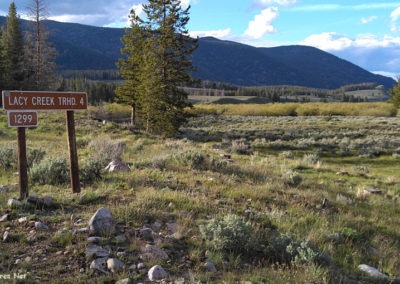
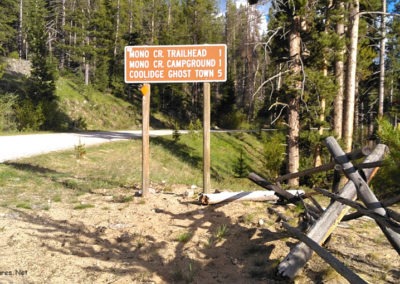
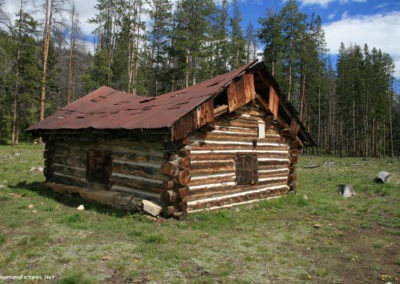
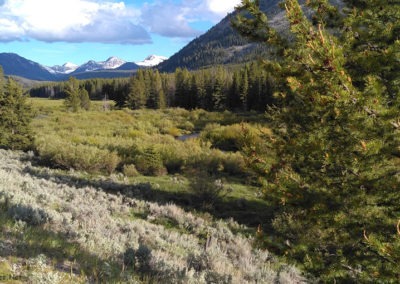
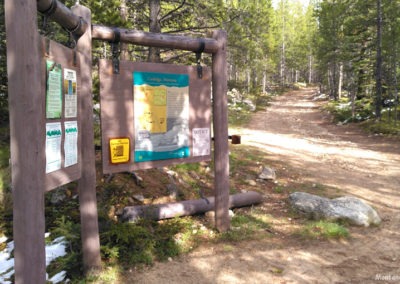
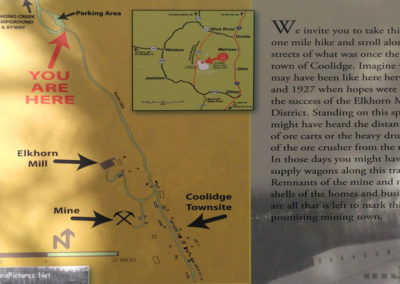
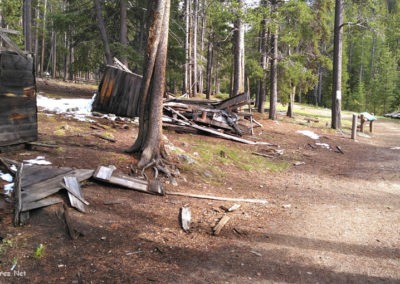


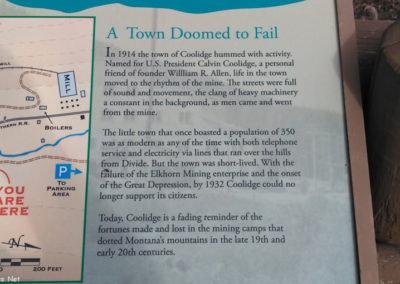
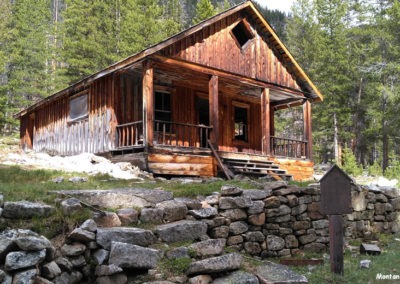
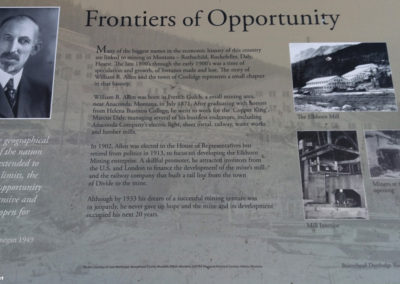
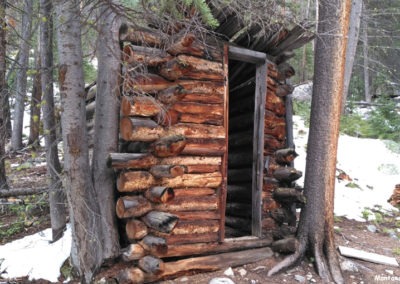
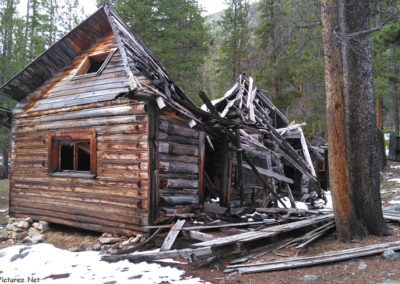
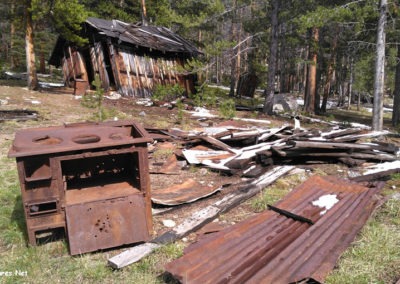
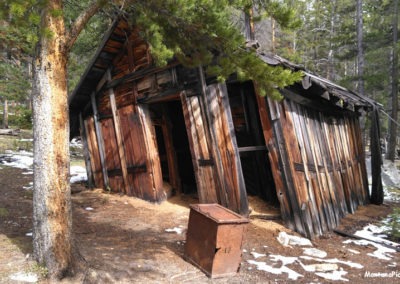
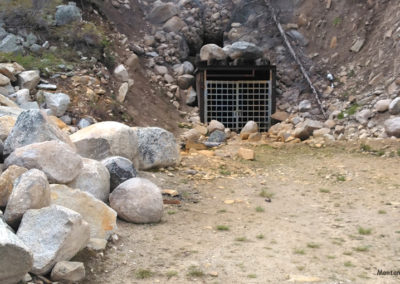


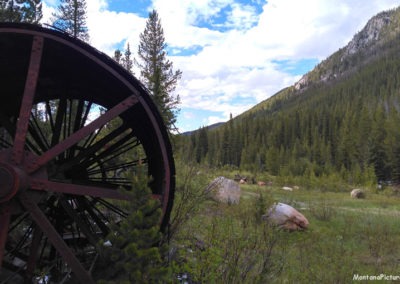
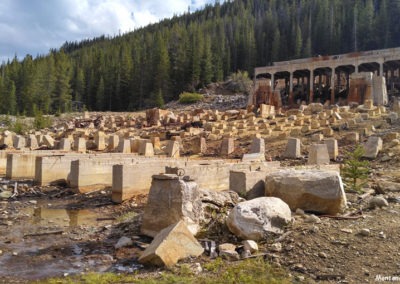
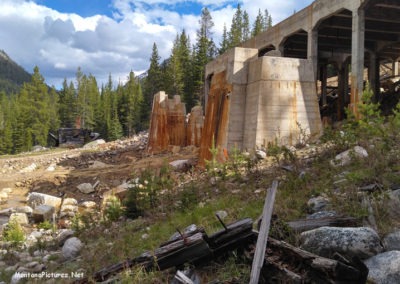
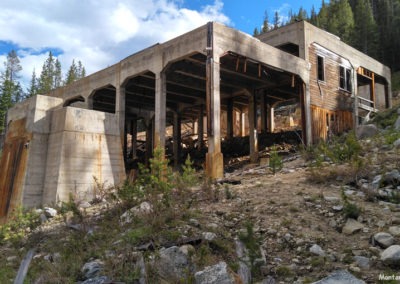
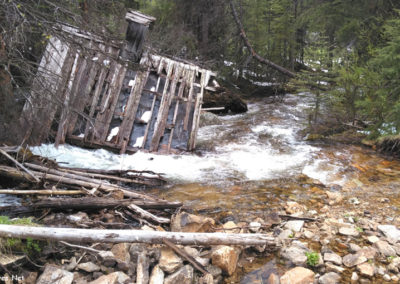
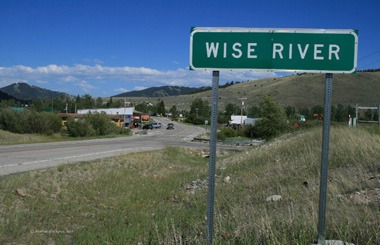

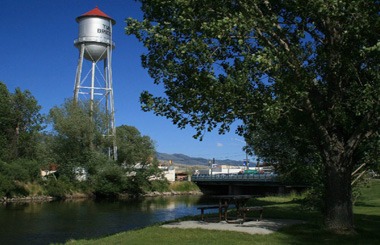
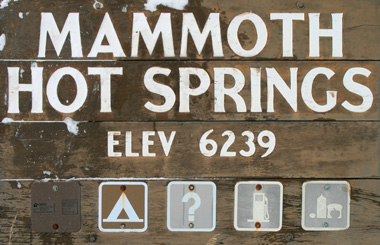
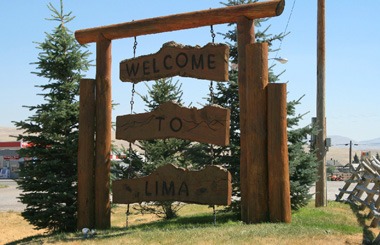

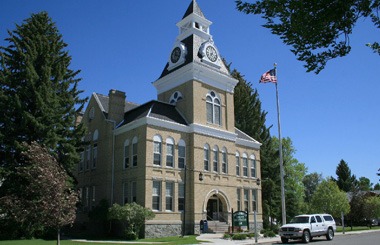
Recent Comments